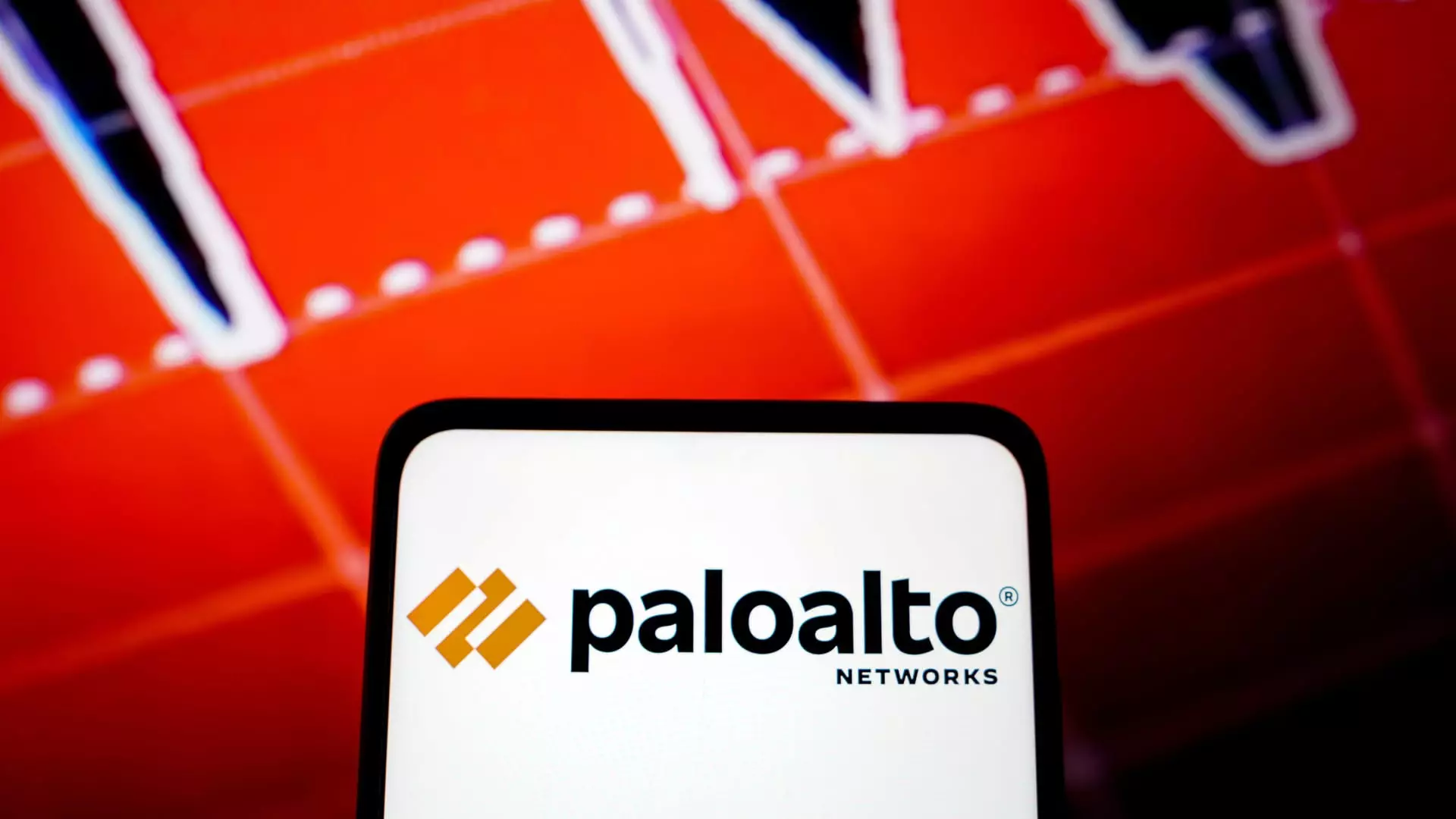In the current financial climate, many investors are seduced by the allure of promising earnings and flashy headlines. However, beneath the surface of bullish narratives lie potential pitfalls, especially for those who chase fleeting opportunities without scrutinizing the full picture. The recent enthusiasm around stocks like Palo Alto Networks, Viking Holdings, and Estee Lauder illustrates a common trap: the temptation to buy on dip or enthusiasm, often disregarding underlying vulnerabilities.
Palo Alto Networks, a cybersecurity giant, has seen its value drop over 15% amid recent market turbulence. Such decline might often be seen as a tempting entry point, but investors must question whether this is an indicator of organic weakness or a passing storm. The gleam of “opportunity” often blinds investors to the real risks—cybersecurity is crucial in today’s digital age, but that doesn’t mean every drop signals a ripe buying moment. The statement that the company’s AI security must “get smarter” could be an admission that the competition is catching up or that internal growth is slowing. Relying solely on past performance or future projections without prudence risks turning a supposed bargain into a costly mistake.
Landsberg’s advice to assume that a slight dip post-earnings might be a golden ticket is a risky gamble. It presupposes that the market reaction will be purely technical rather than fundamentally driven. This kind of speculation, though common, often ignores the broader macroeconomic environment, competitive pressures, or specific company challenges. Buy-and-hold strategies are admirable but only when built on a foundation of realistic expectations and acknowledgment of potential downturns. Blindly trusting a stock to rebound without addressing inherent vulnerabilities can lead to costly losses.
The Illusion of High-End Success and Market Overconfidence
Next, Viking Holdings exemplifies a sector where perceived luxury and exclusivity can mask underlying vulnerabilities. The company’s focus on high-end cruising experiences has garnered impressive growth—more than 37% year-to-date—yet taking this at face value can be deceptive. The luxury cruise niche is highly sensitive to economic downturns, geopolitical instability, and shifting consumer preferences. While Viking’s branding strategy targeting affluent clients works well now, it’s not immune to market shocks or changing travel habits.
Landsberg admits he doesn’t own shares but is considering future investment. Such long-term outlooks are often painted with optimism, but strategic patience must be balanced with realism. Relying heavily on a company’s marketing strength and limited competition in a luxury niche ignores broader risks: economic contractions, environmental regulations, and global crises could swiftly turn these growth stories sour. The overconfidence in the continuing trend of high-end travel’s expansion risks fostering complacency—an attitude that can backfire disastrously.
Similarly, Estee Lauder’s recent surge arguably appears impressive but warrants skepticism. The cosmetics giant’s failure to grow earnings over the past four years raises red flags. Investors are drawn to brands with strong recognition, yet market saturation, intense competition, and changing consumer values can rapidly erode market share. The claim that a possible bottom is near if earnings collapse 85% seems more speculative than strategic. It implies waiting for significant pain before considering an entry point—a risky stance that often results in missed opportunities or deeper losses if the company’s fundamentals don’t improve.
The Centrist Reality Check in a Volatile Market
From a centrist, center-right perspective, the current fervor around these stocks could indicate a misreading of risk and reward. Investors with a pragmatic approach recognize that growth stories often come with hidden vulnerabilities. Relying on past performance, future projections, or market sentiments without comprehensive due diligence is a recipe for disappointment.
While some might see these downturns as opportunities, the truth is that markets are complex ecosystems. Focusing heavily on high-growth sectors or high-end brands without considering macroeconomic constraints, competition, and internal company health is inherently risky. The temptation to chase “hot” stocks, especially in sectors like cybersecurity or luxury travel, must be balanced with skepticism and rigorous analysis, not sentiment-driven optimism.
The allure of quick gains and undervalued gems blinds many to the accompanying perils. A discerning investor’s role is to question the narrative, evaluate the underlying fundamentals, and maintain discipline amidst hype. That means recognizing when a stock’s decline is symptomatic of deeper issues—in cybersecurity, travel, or cosmetics—and resisting the siren call of “buying the dip” without adequate due diligence. Only with this skeptical approach can one hope to navigate the treacherous waters of today’s markets and emerge with preserved capital and genuine growth.

